The M&M Nutrition Label provides important information about the nutritional content of M&M candies. It includes serving size, calories per serving, fat content, sugar content, and other key nutrients.
Reading the nutrition label can help individuals make informed decisions about their dietary choices and understand the impact of consuming M&M candies on their overall health and wellness.
By being aware of the nutritional information provided on the M&M Nutrition-Label, individuals can better manage their calorie intake and make choices that align with their dietary goals. Whether enjoyed as an occasional treat or incorporated into a balanced diet, understanding the M&M Nutrition-Label is essential for maintaining a healthy lifestyle.
Here we will be decoding the nutrition label of M&M’s. We will examine the ingredients, calories, and nutrient content on the label. So grab a handful of M&M’s and dive into their nutrition label together.
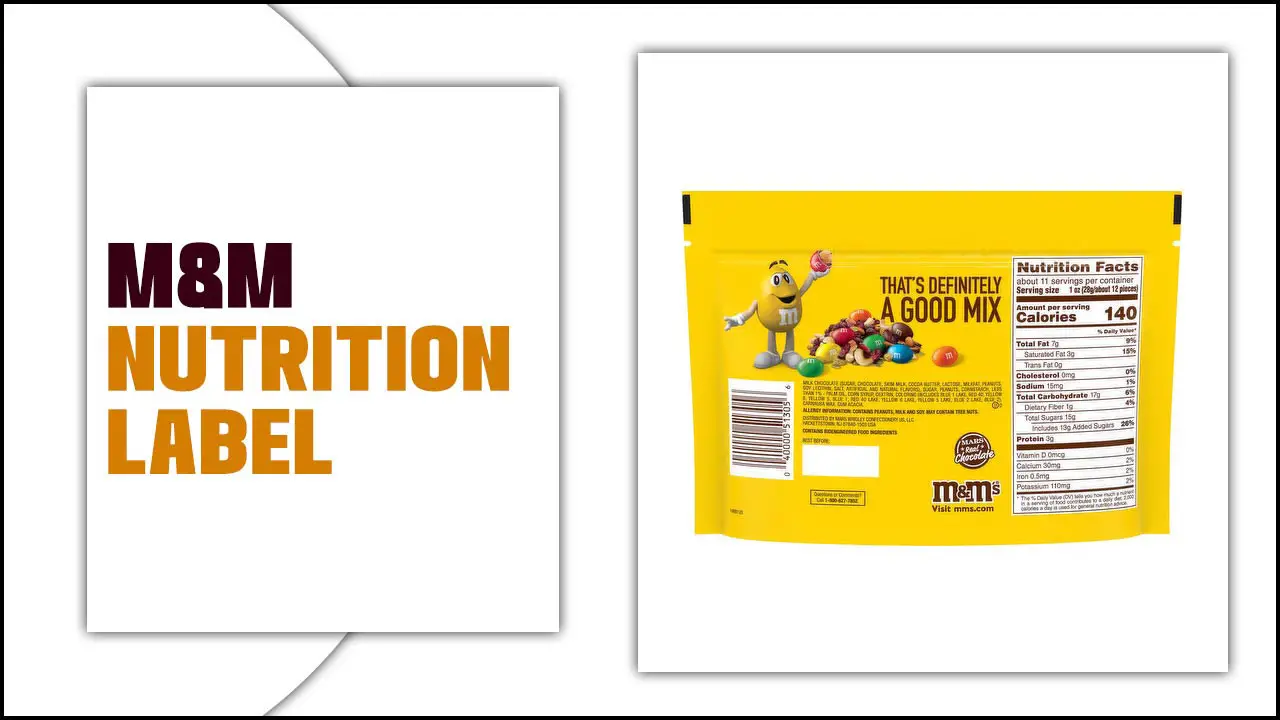
Understanding M&M Nutrition Label
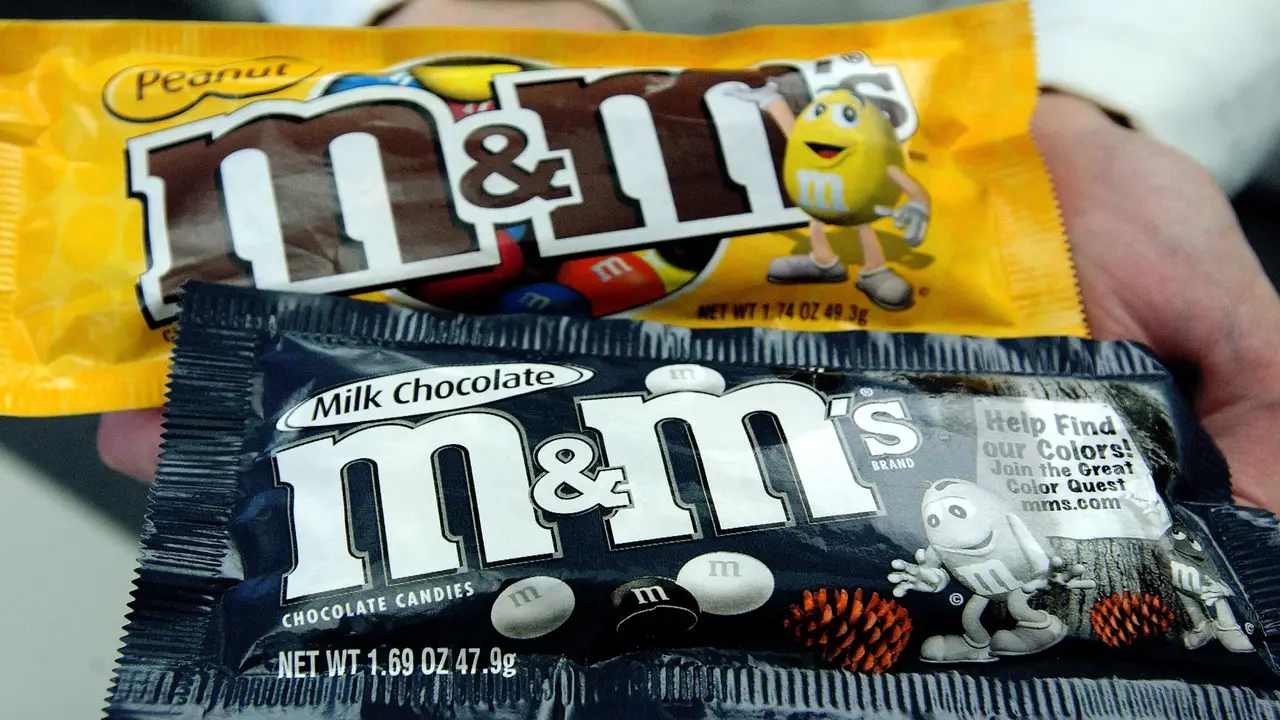
Understanding M&M Nutrition Labels is essential for making informed food choices. By reading and interpreting these labels, you can gain valuable insights into the nutritional content of your food. Nutrition labels include sections on serving size, calories, and macronutrients (carbohydrates, fats, and proteins), providing crucial information about nutrient amounts per serving.
The ingredient list is also important as it helps identify potential allergens or additives in the food product. Interpreting this list aids in making informed decisions, especially for those with dietary restrictions or preferences.
Effectively using nutrition labels supports healthier food choices by providing information on overall nutritional value. However, be aware of common misconceptions and pitfalls like misleading serving sizes or deceptive marketing claims when interpreting them.
Importance Of Nutrition Labels
Nutrition labels play a crucial role in providing valuable information about food products’ ingredients and nutritional content. By reading these labels, you can make informed choices about your foods. They help you track your calorie intake and manage your overall dietary goals.
Understanding nutrition labels also allows you to identify potential allergens or ingredients to avoid. Additionally, nutrition labels are required by law and serve as a tool for promoting transparency and consumer awareness.
Providing detailed information about a product’s nutritional value empowers you to make healthier choices that align with your specific needs and preferences. So, the next time you pick up a food item, take a moment to check its nutrition label and use the information provided to make smarter and more mindful decisions about what goes into your body.
Overview Of M&M’s Nutrition Label
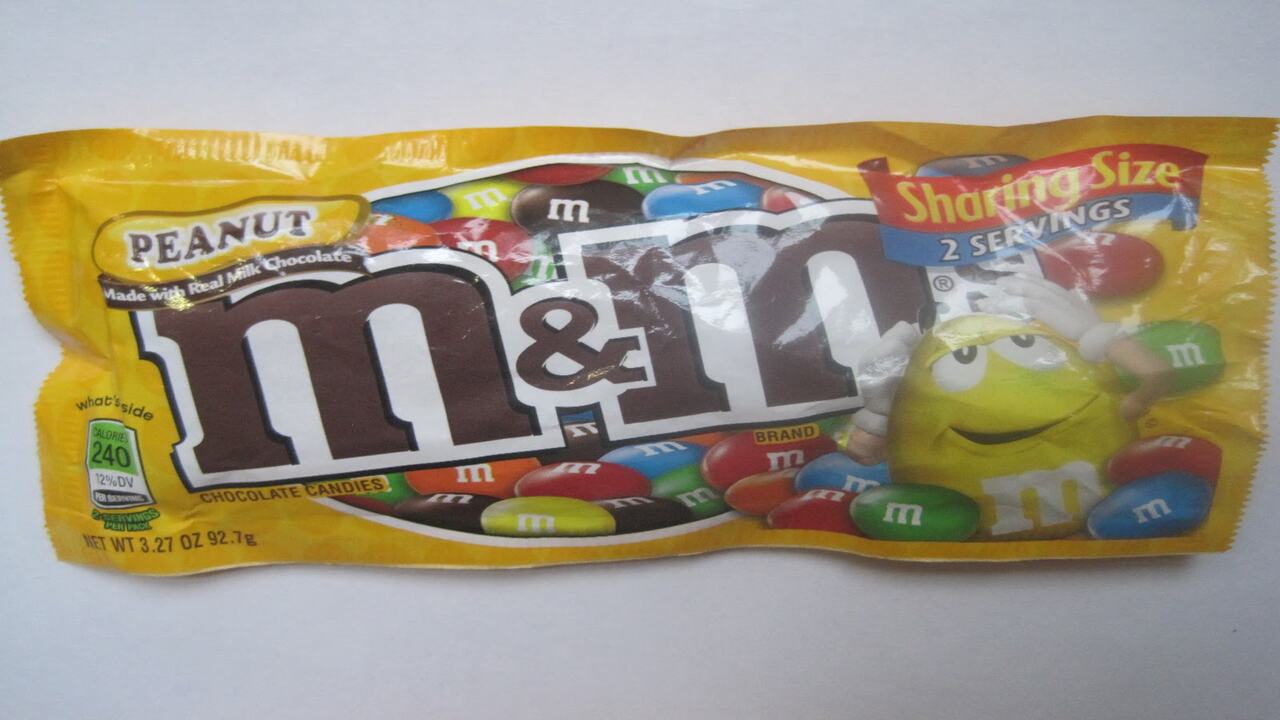
Understanding the serving size and number of servings per package is essential when examining the M&M’s nutrition label. It provides valuable information about portion control and helps make informed decisions about calorie intake and macronutrient breakdown.
The calorie content of M&M’s can be found on the nutrition label, along with the amounts of fat, carbohydrates, and protein. It is important to note that these values are based on the serving size mentioned. The ingredients list on the nutrition label helps to identify potential allergens and additives.
Additionally, the label may provide information about vitamins and minerals present in M&M’s. By understanding the nutrition label, individuals can make balanced choices about incorporating M&M’s into their diet while considering their overall health and wellness goals.
Detailed Breakdown Of Calories In M&M’s
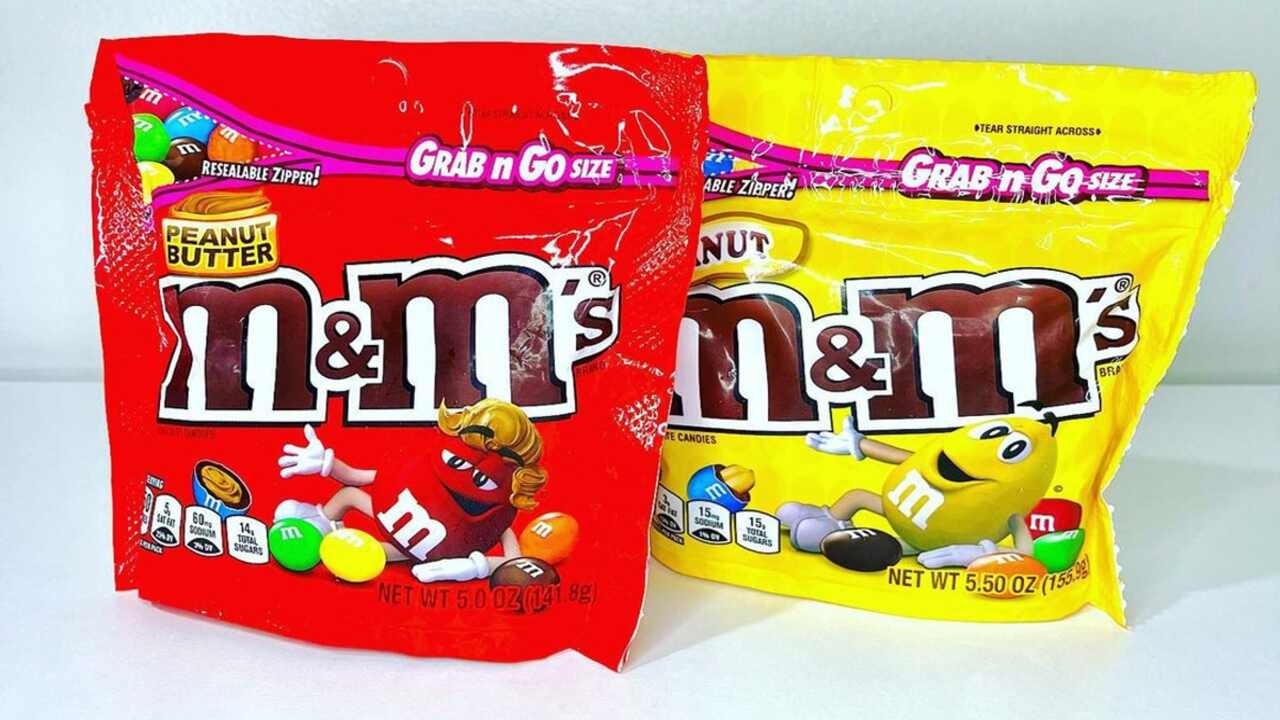
M&M’s pack a punch when it comes to calories. Each serving contains 240 calories, making it a calorie-dense treat. The total fat content is 10g, with 6g of saturated fat. This means that M&M’s have a relatively higher fat content than other candies. Moving on to carbohydrates, each serving of M&M’s provides 34g, which contributes significantly to the overall calorie count.
On the bright side, M&M’s offer a small amount of protein, with 2g per serving. However, it’s important to note that M&M’s are also high in sugar, with 30g per serving. This makes it a sweet indulgence that should be enjoyed in moderation. So, if you’re watching your calorie intake or looking for a healthier snack, opting for alternatives with lower sugar and fat content may be wise.
Key Ingredients Listed On M&M’s Nutrition Label
The key ingredients listed on the M&M’s nutrition label contribute to the candy’s overall flavor and texture. The main ingredient is milk chocolate, providing a sweet and creamy taste. Sugar adds sweetness to both the candy coating and chocolate centre. Cornstarch is included to prevent the M&M’s from sticking together.
Artificial colors are used to give each M&M a vibrant and distinct color. Peanut M&M’s adds peanuts to provide a crunchy texture and nutty flavor. These ingredients work together to create a delicious treat that many love.
Decoding The Nutrient Content Of M&M’s
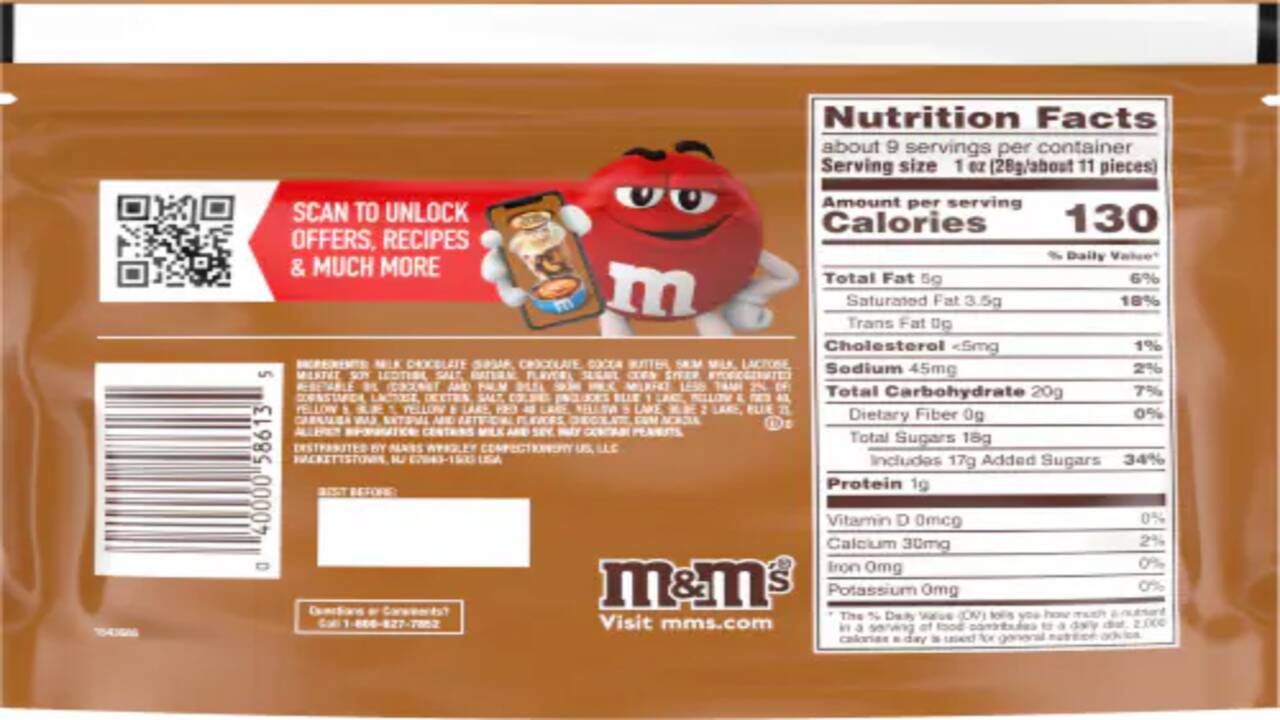
When decoding the nutrient content of M&M’s, understanding the ingredients is key. M&M’s are made with chocolate, sugar, and artificial colors. A closer look at M&M’s nutrition label allows you to analyze the calorie, fat, and sugar content. Each serving of M&M’s contains 240 calories, 10g of total fat and 30g of sugar.
It’s important to consider the impact of M&M’s on your overall diet and health, especially if you’re watching your calorie or sugar intake. If you’re looking for healthier snack options, there are alternatives available. Keeping an eye on nutritional information helps you make informed choices and find snacks that fit your dietary goals.
Sugar Content In M&M’s
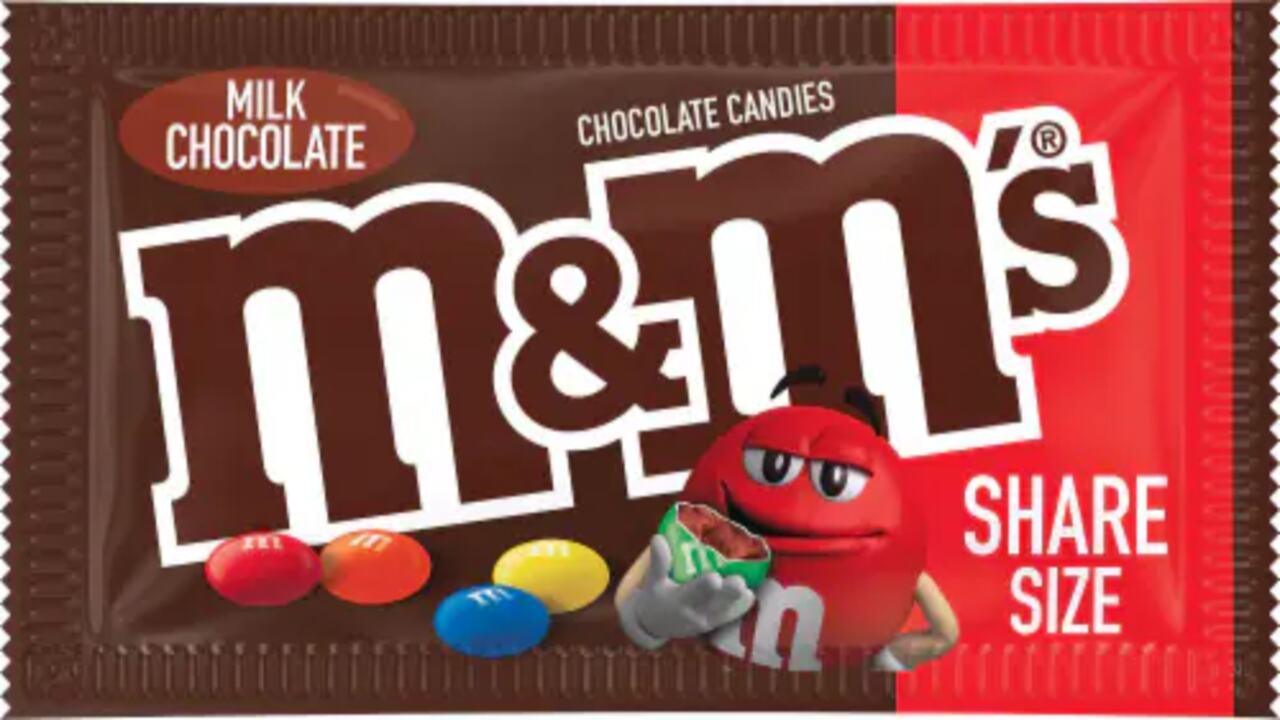
M&M’s contain approximately 7 grams of sugar per serving, contributing to the candy’s overall calorie count. Being mindful of the sugar content in M&M’s is important when monitoring your daily sugar intake. It’s worth noting that the sugar content can vary slightly depending on the flavor or variety of M&M’s.
Reading and understanding the nutrition label can help you make informed choices about sugar consumption. By doing so, you can better manage your overall diet and ensure you’re not consuming excessive sugar. Remember to enjoy M&M’s in moderation as part of a balanced diet.
Fat Content In M&M’s
M&M’s have a fat content of approximately 7 grams per serving. The fat in M&M’s is derived from cocoa butter, a natural fat obtained from cocoa beans, which gives the candy its smooth and creamy texture. The fat content consists mainly of saturated and monounsaturated fats. Consuming M&M’s in moderation is important as part of a balanced diet.
By enjoying them in moderation, you can ensure that the fat content in M&M’s does not disrupt your overall diet. So, when indulging in these colorful candies, remember to be mindful of the fat content and enjoy them responsibly.
Protein Content In M&M’s
M&M’s have a relatively low protein content, making them more suitable as an indulgent treat rather than a significant source of protein. If you choose the peanut variety, most of the protein content in M&M’s comes from peanuts. However, in regular M&M’s, the protein content is minimal, with the focus being on the chocolate and candy shell.
If you’re looking for a higher protein option, it’s best to consider other snacks or foods specifically protein-rich. M&M’s should be enjoyed in moderation as a treat and not relied upon for substantial protein intake. Remember to read and understand the nutrition label to make informed choices about your dietary needs.
What Do ‘Percent Daily Values’ Mean On M&M’s Nutrition Label?
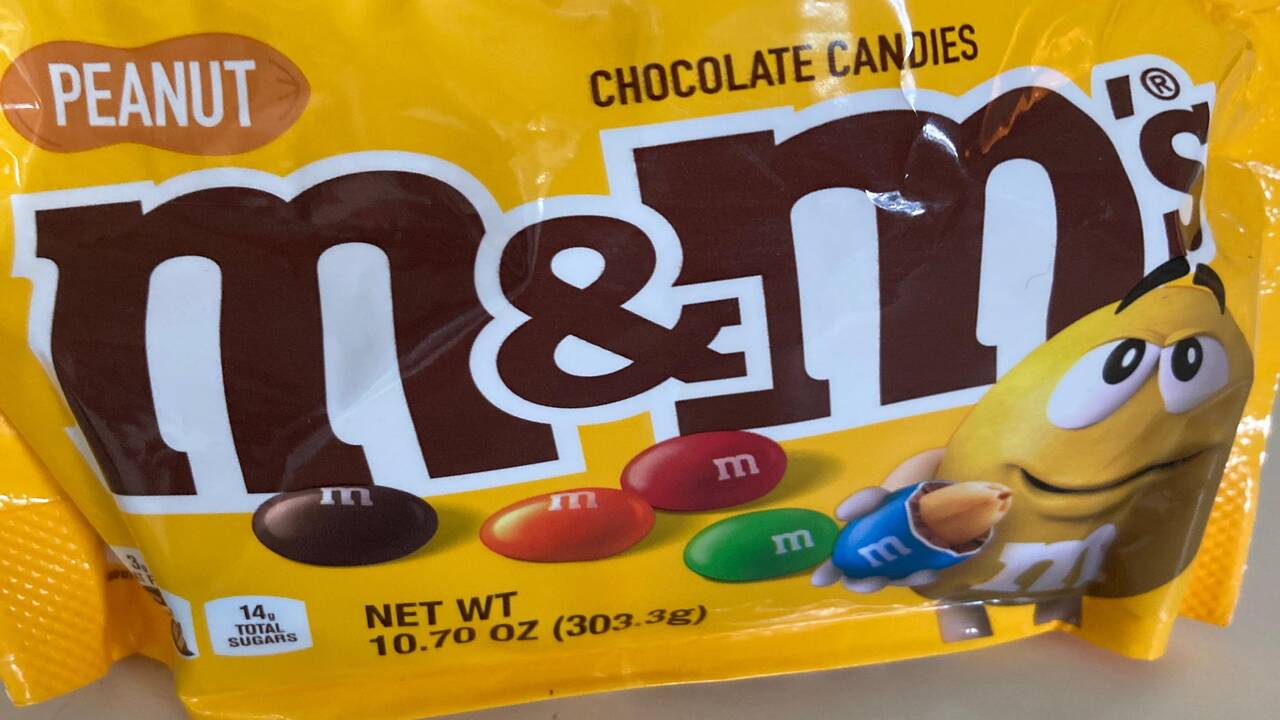
‘Percent Daily Values’ on a nutrition label indicate the percentage of recommended daily intake for each nutrient. These values help you understand how M&M’s contributes to your nutrient intake. They are based on general guidelines and should serve as a reference for your specific dietary needs.
How To Use Percent Daily Values For Better Health
Per cent, Daily Values provide valuable insights into the nutritional significance of a serving of M&M’s within the context of your daily diet. They serve as a helpful tool to compare the nutrient content of different M&M flavors or sizes.
When using Percent Daily Values, aim for lower percentages of saturated fat, sodium, and added sugars while aiming for higher percentages of fibre, vitamins, and minerals. It’s important to note that these values are based on a 2,000-calorie diet, but individual needs may vary.
You can make informed choices to maintain a balanced and nutritious diet by utilising Per cent Daily Values. So, next time you reach for a bag of M&M’s, look at the Percent Daily Values and use them as a guide for better health.
How Do M&M’s Compare To Other Popular Candies?
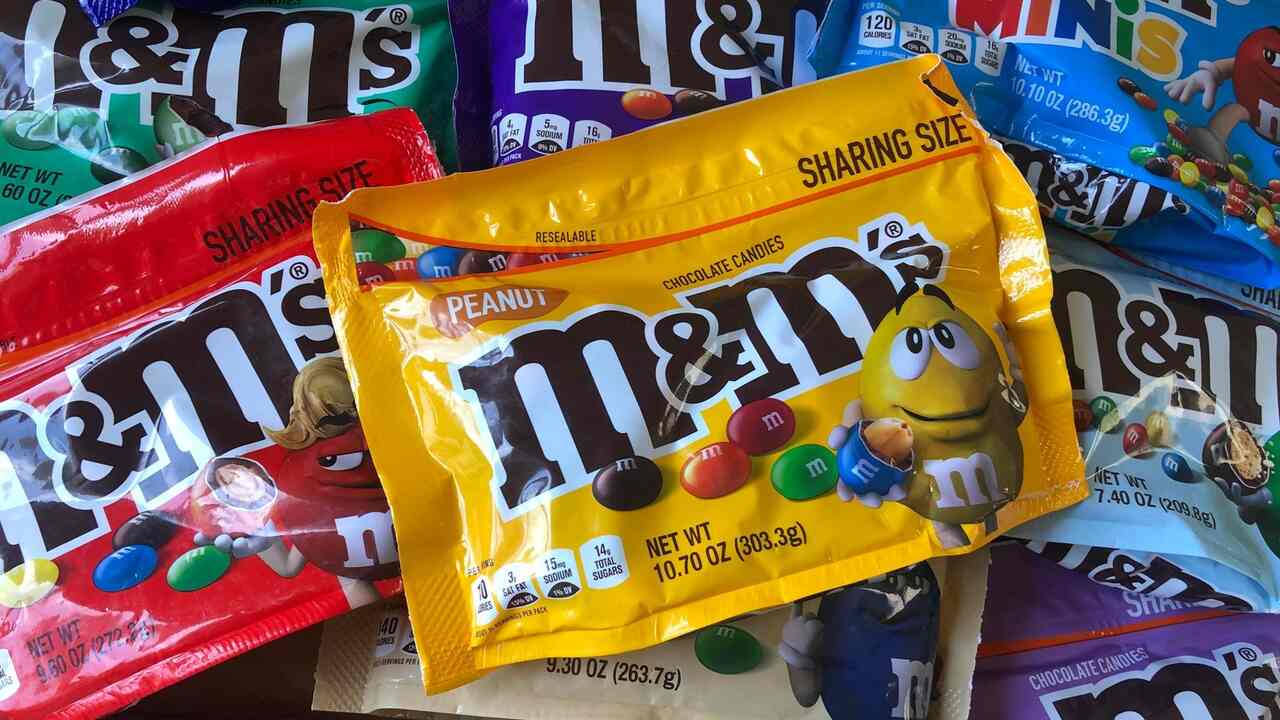
Regarding popular candies, M&M’s stand out with their distinctive taste and texture. The colorful candy shell and chocolate filling provide a unique sensory experience. M&M’s come in various flavors and sizes, ensuring something for everyone’s preference.
However, it is important to note that the nutritional information, including calorie content and ingredient composition, may vary depending on the product. It is always recommended to check the packaging for accurate details.
Comparison Of Calorie Content
When it comes to calorie content, M&M’s hold their own when compared to other popular candies. While Snickers and Milky Way bars pack more calories, M&M’s come in with fewer calories than these chocolate bars. In fact, M&M’s have a similar calorie count as Reese’s Peanut Butter Cups.
If you’re looking for a chocolate fix with slightly more calories, Twix is your go-to, but it falls short of the calorie content found in Kit Kat bars. Skittles and Starburst have lower calorie counts than M&M’s if you prefer fruity treats. Compared to popular candy choices, M&M’s offer a moderate calorie count. So indulge in the colorful and chocolatey goodness of M&M’s without worrying about excessive calorie intake.
Comparison Of Sugar Content
When comparing the sugar content of candies, M&M’s stand out for their lower sugar content compared to many other popular options. With moderate sugar, M&M’s can be considered a relatively healthier choice. In contrast, some popular candies contain significantly higher amounts of sugar, making M&M’s a smart choice for those watching their sugar intake.
The lower sugar content in M&M’s makes them suitable for the occasional indulgence. So, if you’re looking for a sweet treat with a lower sugar impact, M&M’s can be a great option. They offer the same colorful candy shell and chocolate filling that M&M’s are known for but with more moderate sugar content. So next time you’re craving something sweet, consider reaching for a bag of M&M’s.
How Can M&M’s Fit Into A Balanced Diet?
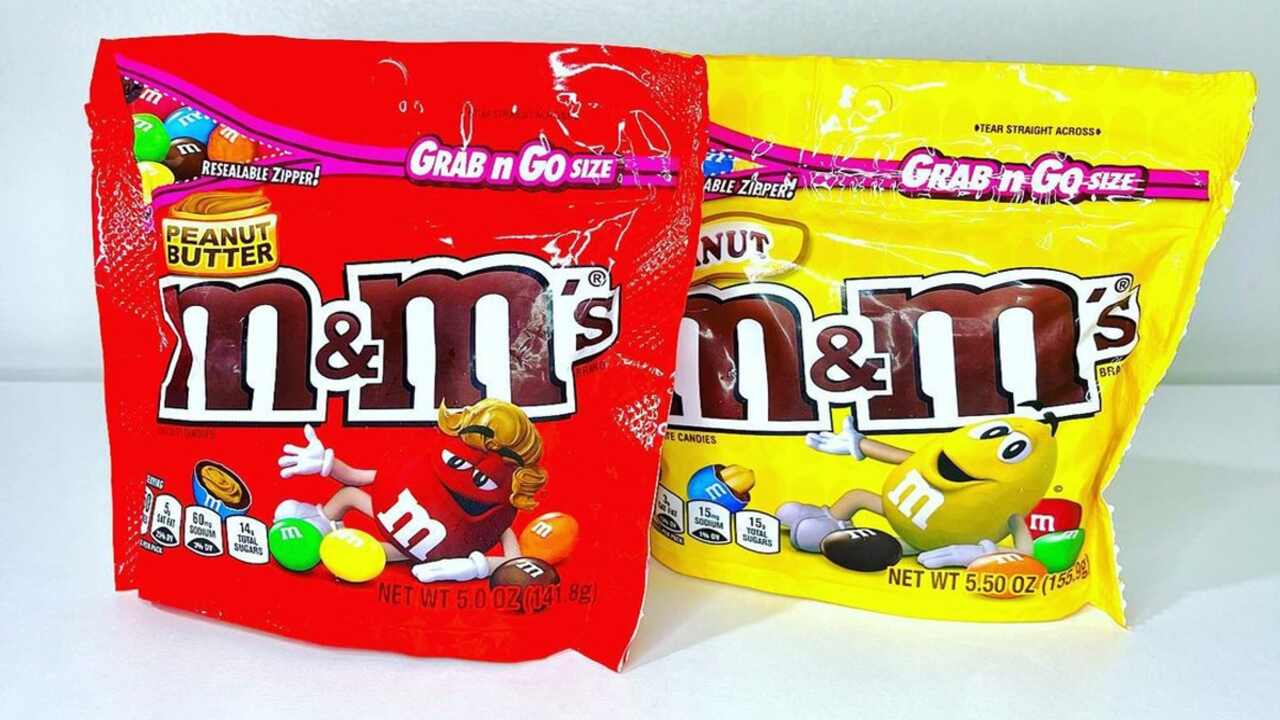
M&M’s can be a part of a balanced diet when consumed in moderation. Practice portion control and enjoy them as an occasional treat. Pair them with nutrient-dense foods for a more balanced snack or dessert option. Opt for smaller, portion-controlled packs for better portion management.
Serving Size And Moderation
Enjoying M&M’s as part of a balanced diet by practising moderation is important. The serving size for M&M’s is typically 1 bag or 1/4 cup, containing a certain number of calories and nutrients. By controlling portions, you can prevent excessive calorie intake from M&M’s while satisfying your cravings.
Incorporating M&M’s into your diet allows for a small indulgence without derailing your healthy eating plan. To ensure a well-rounded diet, balance your M&M consumption with nutrient-dense foods. Remember that M&M’s can be enjoyed alongside healthier options to create a balanced meal or snack. By being mindful of serving sizes and incorporating moderation, M&M’s can fit into a balanced diet without compromising health goals.
Alternatives For Lower Calorie Sweet Treats
There are plenty of alternatives to consider when it comes to satisfying your sweet tooth without going overboard on calories. Instead of reaching for high-calorie treats like M&M’s, try exploring lower-calorie options that satisfy your cravings. One option is to choose fruits, such as berries or sliced apples, which provide natural sweetness, essential vitamins, and fiber.
Another alternative is dark chocolate with a higher cocoa content, which satisfies your sweet cravings and offers potential health benefits. When indulging in M&M’s, remember that portion control is key. Enjoy a small serving as an occasional treat rather than consuming the entire bag.
Additionally, you can experiment with homemade treats using natural sweeteners like honey or maple syrup. By incorporating these alternatives into your diet, you can satisfy your sweet tooth while making healthier choices.
Conclusion
understanding the M&M Nutrition Label is crucial for making informed choices about our food. The M&M’s nutrition label provides valuable insights into these popular candies’ ingredients and calorie content. By decoding the nutrient content and paying attention to the “Percent Daily Values,” we can better understand how M&M’s fit into our overall diet.
Consuming them in moderation and considering lower-calorie alternatives for sweet treats is important. Nutrition labels empower us to take control of our health and make choices that align with our dietary goals. So the next time you reach for a pack of M&M’s, check the nutrition label and make a mindful decision.
